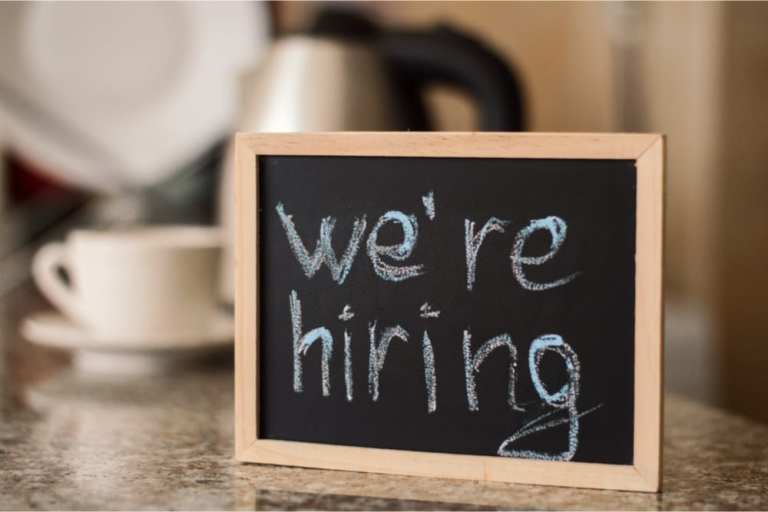Strong May US Jobs Report Could Show The Worst Is Over For Hardest-Hit Sectors

Will we look back at today as the turning point in the battle against the pandemic — not in terms of vaccines or flattened curves, but in terms of the job market?
Headline numbers released Friday (June 5) by the Labor Department show that the U.S. economy surprisingly added a record 2.5 million jobs in May — a far cry from the 8.3 million job losses that analysts had expected. The U.S. unemployment rate also fell to 13.3 percent from April’s record 14.7 percent — again, much better than the 19 percent or so that analysts had forecast.
All of this comes after the Labor Department’s revised data showed that the U.S. economy gave up 22.1 million jobs in March and April.
May’s surge back to job gains might have even been greater except that many unemployed workers might not be trying to rejoin the labor force. After all, special pandemic benefits mean that unemployed workers receive an extra $600 weekly, so some are getting more from unemployment insurance than their old jobs paid.
Drilling down into the Friday’s data, the most notable gains were seen in some sectors that had previously been most impacted by coronavirus. That includes leisure and hospitality, where jobs increased by 1.2 million in May after falling by 7.5 million in April and 743,000 in March. Similarly, the food-and-drink-services industries added 1.4 million jobs in May after previously losing 6.1 million jobs to the pandemic.
Education and health services also saw employment rise by 424,000 positions after a previous decline of 2.6 million jobs. Within that subset, healthcare made up the bulk of the gains at 312,000 positions mostly spurred by activity at dentist offices, which added 245,000 positions.
Even retail showed at least some green shoots, with positions up by 368,000 in May after 2.3 million job losses in April. Clothing and accessories stores and auto dealers showed the biggest advances.
It’s too early to tell if May’s job surge will become sustained. But we’d note that the sectors that showed the greatest rebounds were the ones that are consumer-facing and shuttered by government lockdowns.
Now that a number of states are in at least some stage of reopening, the rebound can begin. In addition, the Paycheck Protection Program, which launched in April, has made more than
$510 billion in loans, with businesses planning to use a significant percentage of money to rehire workers and cover payroll costs.
Might the worst be over for the Main Street small and medium-sized businesses (SMBs) so critical for the U.S. economy?
In the latest PYMNTS research, 48.1 percent of SMB owners said they were confident they can keep their businesses open through the pandemic. That’s up from the 46.5 percent who said so on April 20 and the 41.8 percent who said the same thing on April 6.